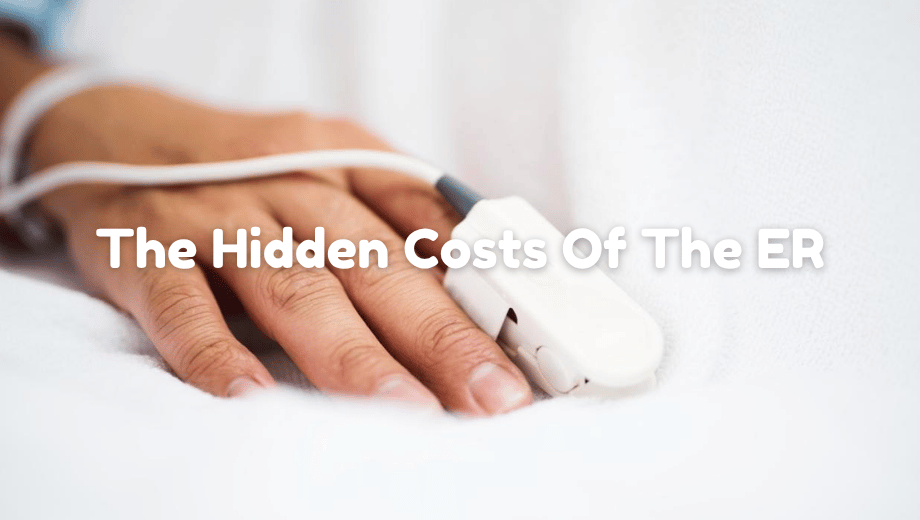A trip to the emergency room can feel like the right call when your child spikes a fever or takes a bad fall. But once the panic fades and the bill arrives, many parents discover another kind of shock that hits the wallet. The ER plays a critical role in healthcare, yet many families are unaware of the hidden costs behind those hospital doors.
Why the ER Costs So Much
Emergency departments operate 24/7, staffed with specialists and advanced technology ready for anything. That availability is part of what makes the ER so expensive. Even minor issues often incur facility fees that can range from hundreds to thousands of dollars. These charges are separate from doctor fees, lab work, and medication costs. The same service, such as a few stitches or a fever evaluation, can cost ten times more in the ER than in a regular clinic.
Insurance does not always soften the blow. Many plans have high deductibles or separate ER copays. If a visit is not classified as a true emergency, insurers may pay less or reject the claim entirely. Parents expecting a small bill can be surprised to see large out-of-pocket expenses weeks later.
Common Situations That Add Up
A simple X-ray, a short observation period, or an after-hours visit can all push the total higher. Facility and physician charges are often billed separately, meaning two or more invoices for one event. Additional testing or consultation with a specialist increases the price even further. Even something as routine as using the hospital pharmacy can come with a premium cost.
Many families also overlook the “time cost.” Long waits in crowded ERs can stretch into hours, leading to missed work or the need for childcare for siblings. These indirect costs add to the overall burden, especially for single-income households.
Parents never want to gamble with a child’s health, but understanding where to go can prevent unnecessary expenses. Before heading to the ER, consider the severity of the situation, call your pediatrician’s after-hours line, or check if local urgent care centers are open. Quick, informed decisions help ensure children get the right care without facing a financial emergency afterward. Look over the infographic below to learn more.




